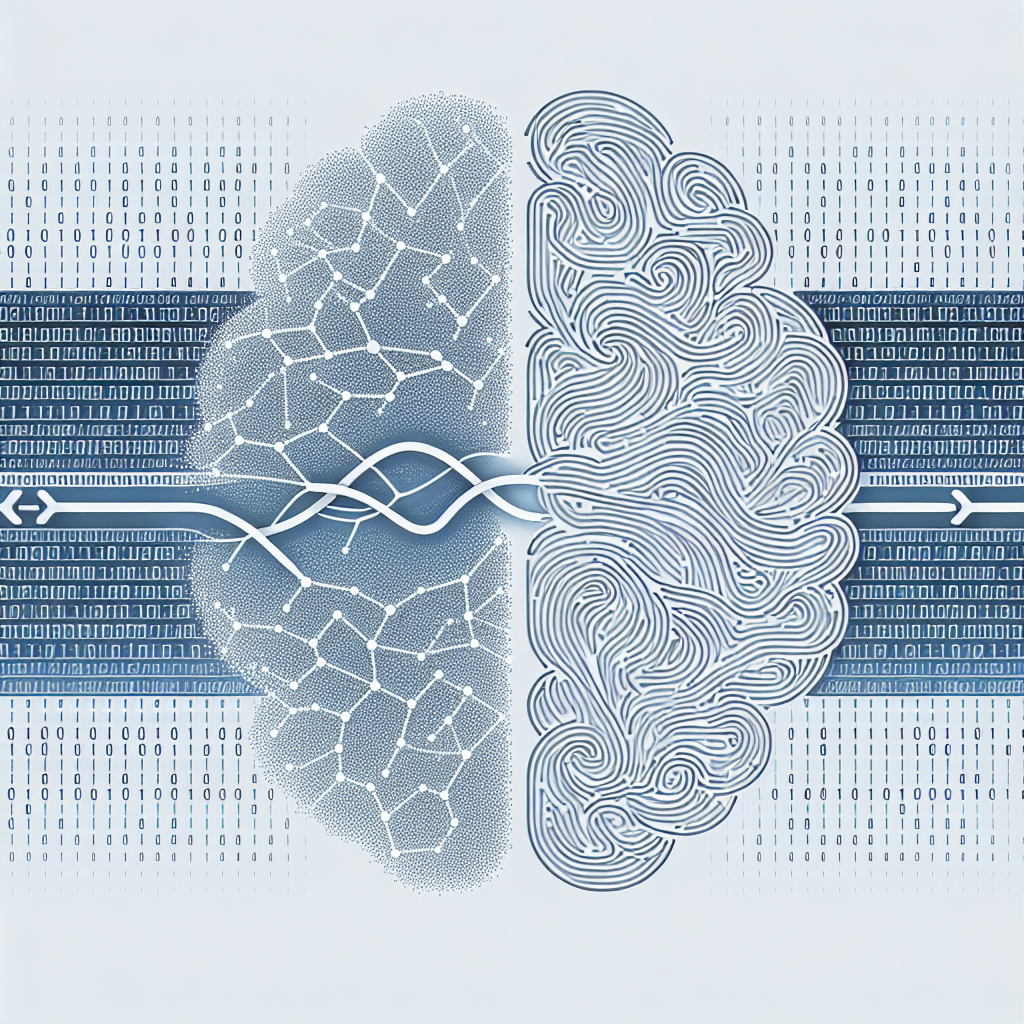From AI to AGI: Exploring the Evolution of Artificial Intelligence
Artificial Intelligence (AI) has been a buzzword in the tech industry for quite some time now. From self-driving cars to virtual assistants, AI has made its way into various aspects of our daily lives. However, the journey of AI is far from over. The next step in the evolution of AI is Artificial General Intelligence (AGI), a concept that has been the subject of much debate and speculation in the tech community. In this article, we will explore the evolution of AI, the concept of AGI, and what the future holds for artificial intelligence.
The Evolution of Artificial Intelligence
The term “Artificial Intelligence” was first coined in 1956 by computer scientist John McCarthy, who defined it as “the science and engineering of making intelligent machines.” Since then, AI has come a long way, with significant advancements being made in various subfields such as machine learning, natural language processing, and computer vision.
One of the key milestones in the evolution of AI was the development of deep learning algorithms in the early 2010s. These algorithms, inspired by the structure of the human brain, enabled machines to learn from vast amounts of data and perform tasks that were previously thought to be beyond the capabilities of computers. This led to breakthroughs in areas such as image and speech recognition, autonomous driving, and game playing.
Another important development in AI was the rise of reinforcement learning, a type of machine learning algorithm that enables machines to learn through trial and error. This approach has been used to train AI systems to play complex games such as Go and Dota 2, outperforming human players in the process.
Despite these advancements, current AI systems are still limited in their capabilities. While they excel at specific tasks, such as image recognition or language translation, they lack the general intelligence and common sense reasoning that humans possess. This is where AGI comes into play.
What is Artificial General Intelligence (AGI)?
Artificial General Intelligence (AGI) is a hypothetical AI system that possesses the same level of intelligence and cognitive abilities as a human being. Unlike current AI systems, which are designed for specific tasks, AGI is capable of learning and reasoning across a wide range of domains, adapting to new situations, and solving complex problems in a way that is indistinguishable from human intelligence.
The concept of AGI has been the subject of much speculation and debate in the tech community. Some researchers believe that AGI is achievable in the near future, while others argue that it is a distant goal that may never be realized. One of the main challenges in developing AGI is the lack of a unified theory of intelligence that can guide the design of such a system.
Despite these challenges, research in the field of AGI is ongoing, with various organizations and research labs working towards the goal of creating a truly intelligent machine. Some of the key areas of focus in AGI research include cognitive architectures, symbolic reasoning, and transfer learning, all of which are essential for building a system that can reason and learn in a human-like manner.
The Future of Artificial Intelligence
The future of artificial intelligence is full of possibilities. As AI continues to evolve, we can expect to see even more sophisticated systems that can perform a wide range of tasks with a level of intelligence and autonomy that was previously thought to be impossible. From self-driving cars that can navigate complex traffic scenarios to virtual assistants that can understand and respond to natural language, the potential applications of AI are virtually limitless.
One of the key questions that researchers are grappling with is how to ensure that AI systems are ethical and trustworthy. As AI becomes more integrated into society, it is essential to address issues such as bias, transparency, and accountability to ensure that AI is used for the benefit of humanity. This has led to the development of principles such as fairness, transparency, and accountability in AI, which aim to guide the responsible development and deployment of AI systems.
Another important aspect of the future of AI is the impact that it will have on the job market. As AI becomes more advanced, there is a concern that it will displace human workers in various industries, leading to widespread unemployment and economic disruption. However, some researchers argue that AI will create new opportunities for human workers, enabling them to focus on more creative and strategic tasks while leaving repetitive and mundane tasks to machines.
FAQs
Q: What is the difference between AI and AGI?
A: AI refers to systems that are designed for specific tasks, such as image recognition or language translation, while AGI is a hypothetical system that possesses the same level of intelligence and cognitive abilities as a human being.
Q: When will AGI be achieved?
A: The timeline for achieving AGI is still uncertain, with some researchers predicting that it could be achieved within the next few decades, while others argue that it is a distant goal that may never be realized.
Q: What are the key challenges in developing AGI?
A: Some of the key challenges in developing AGI include the lack of a unified theory of intelligence, the need for more advanced cognitive architectures, and the difficulty of achieving transfer learning across different domains.
Q: How will AGI impact society?
A: The impact of AGI on society is still unknown, but it has the potential to revolutionize various industries, create new opportunities for human workers, and improve the quality of life for people around the world.
In conclusion, the evolution of artificial intelligence from AI to AGI represents a significant milestone in the field of technology. While there are still many challenges to overcome, the potential benefits of achieving AGI are immense. As researchers continue to push the boundaries of what is possible with AI, we can expect to see even more exciting advancements in the years to come.

